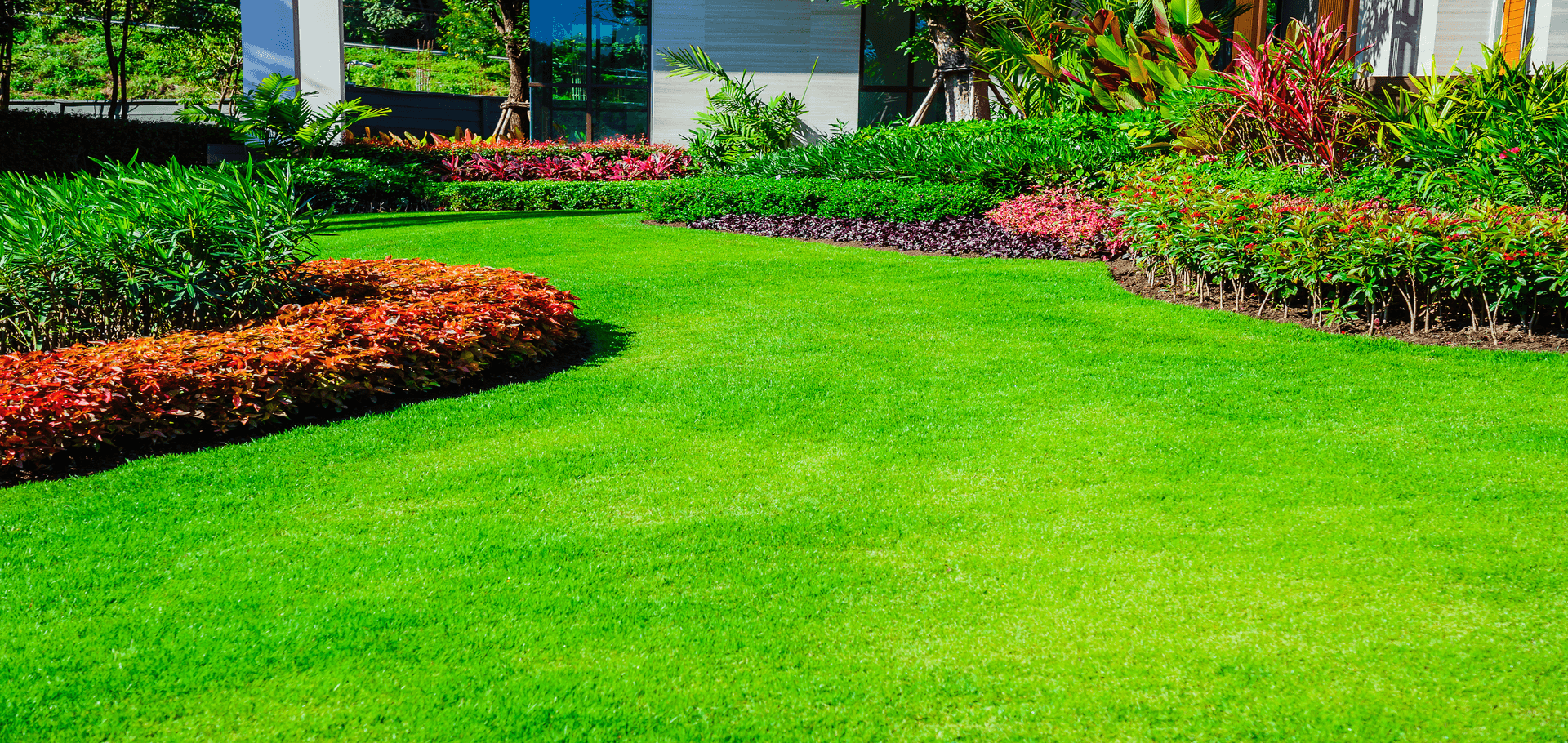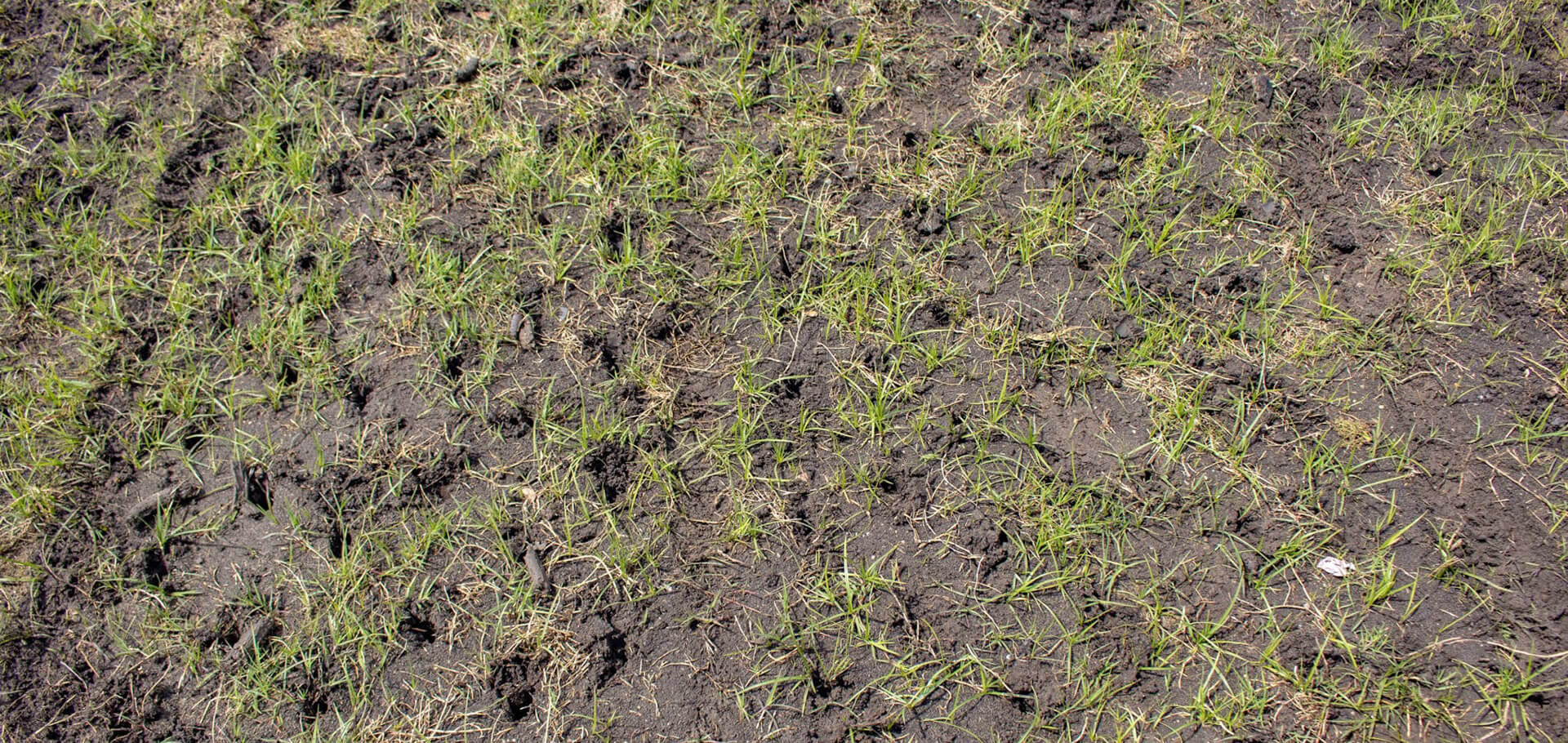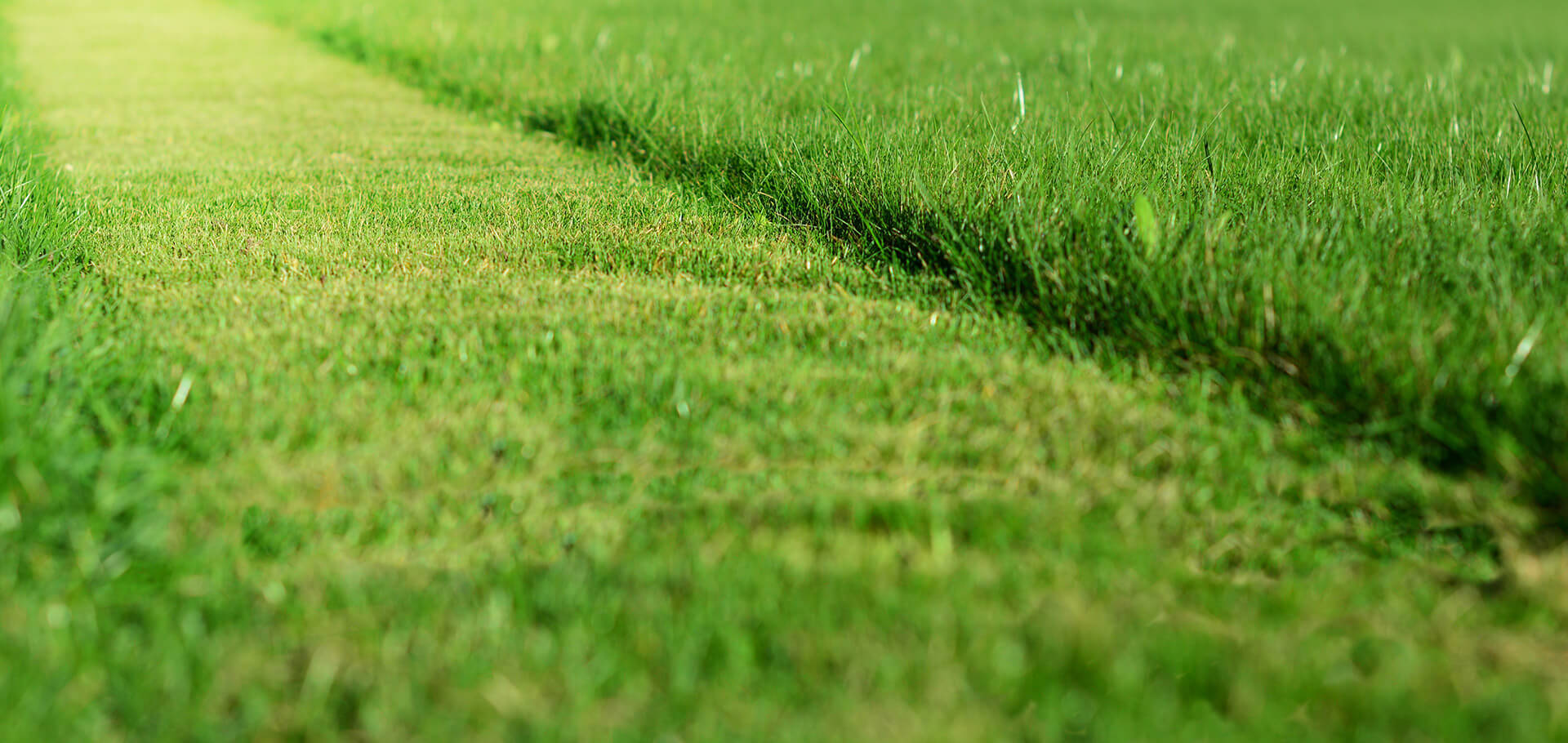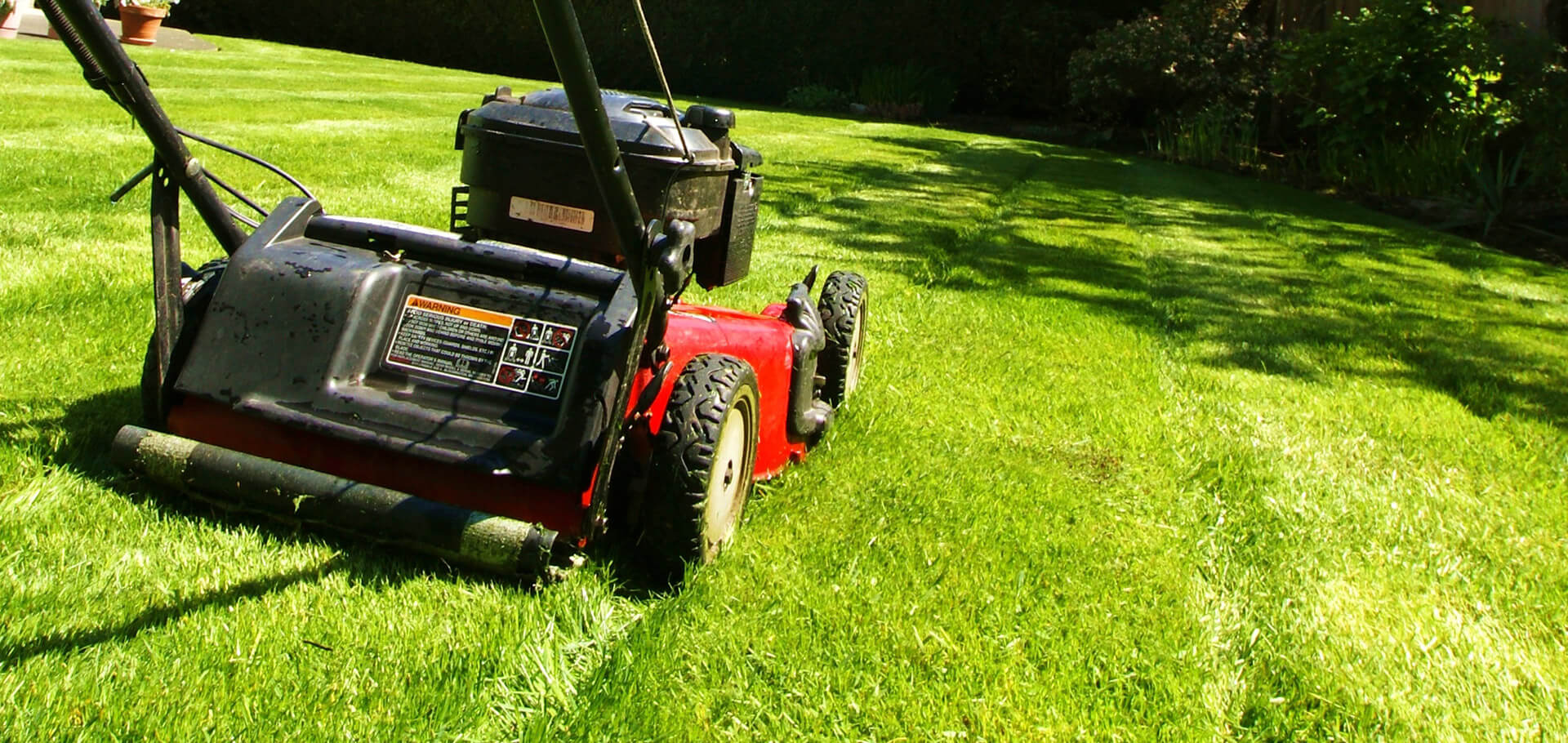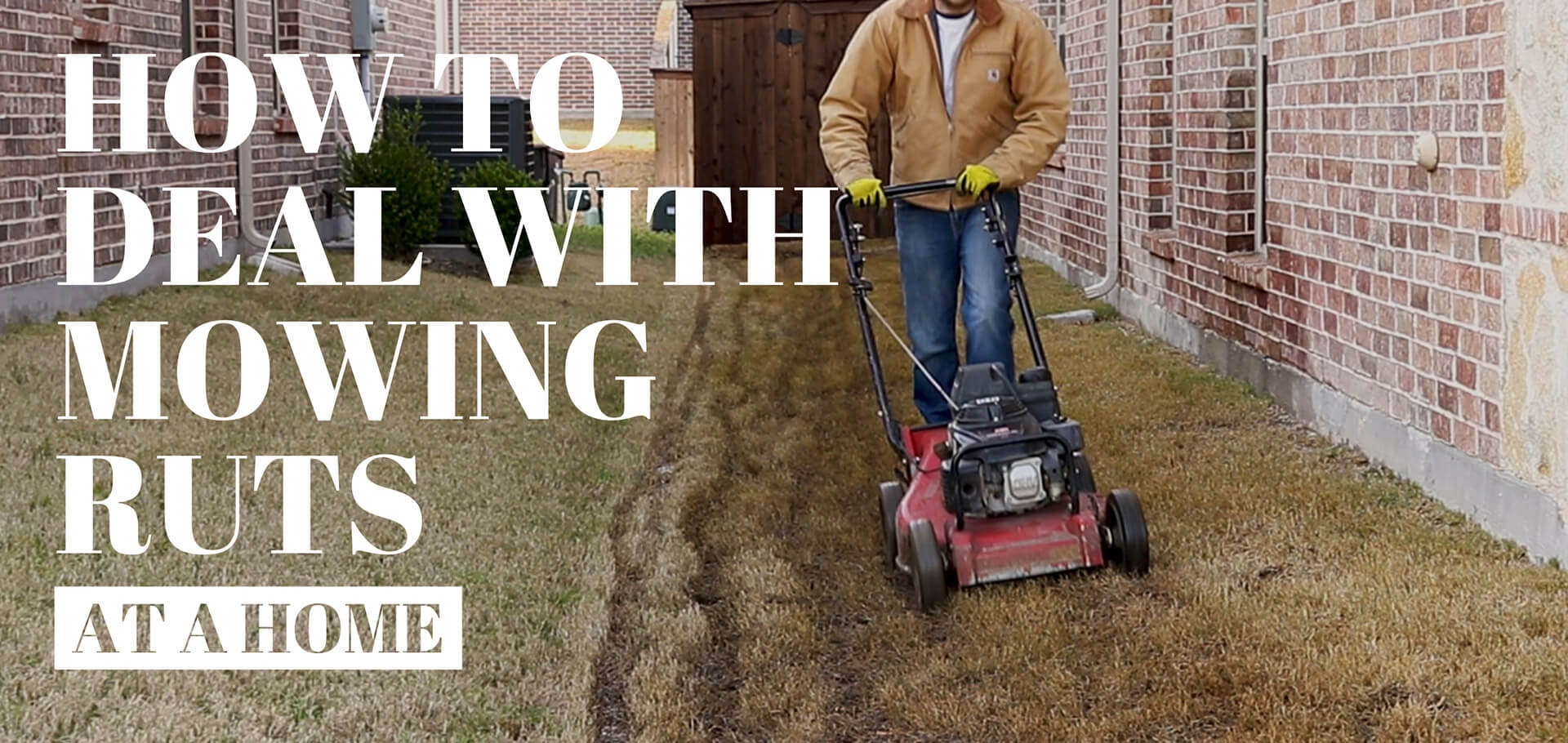Within the Dallas-Fort Worth Metroplex, grass can be mowed throughout the North Texas summer. Grass is a resilient plant that can survive the heat with the proper watering schedule, nutrients, and sunlight. If you lived in a place like Arizona, where the average summer temperature is around 105° F, a green lawn would be challenging to achieve. Luckily in North Texas, our average summer temperature is not as high. And while you can mow throughout the summer, you should take some precautions to ensure that you and your lawn survive the heat.
Precaution #1: Take Care Of Yourself
Heat exhaustion is no joke. This physical condition can occur when you work out in extreme heat. There are various symptoms, but a couple of the top ones are fatigue, nausea, dizziness, light-headedness, and heavy sweating. If left unchecked, heat exhaustion (and heat stroke) can lead to death.*
If you are mowing your lawn and begin to feel summer heat effects, we recommend stopping all activity, moving to a cool place, resting, and drinking plenty of water. The situation has become too hot to mow your lawn.**
* Please visit this CDC webpage to get more information on the warning signs and symptoms of heat-related illnesses.
** These are common-sense solutions and are not to be taken as medical advice. Please consult your doctor for all of the facts. This article used information found in this Mayo Clinic article.
Precaution #2: Evaluate Your Lawn Before Mowing
Like humans, heat can adversely affect the grass. Often, we see this effect in the form of dormancy. Warm-season grasses, like Bermuda and St. Augustine, will go dormant in the late fall to early winter. At this time of year, the grass is responding to cooler soil temperatures. If your lawn begins to go dormant in the summer, it’s probably a sign of heat stress or drought.
One sign of heat stress or drought in a lawn is when your grass blades begin drying out from the top-down, causing your yard to turn a hazy shade of brown. When this occurs, your grass will become crunchy-like upon walking on it and leave behind a visible trail of footprints. The grass is in such poor shape from the hot weather that the blades begin breaking apart upon contact.
If your lawn is going dormant in the summer, it may be too hot to mow the lawn – or not necessary, at the least. The good news is that with the proper watering schedule, nutrients, and sunlight, your grass can thrive during the summer months in Texas.
Top Tip To Mowing The Lawn When It’s Hot
One valuable tip is that mowing during the hottest time of day on a drought-stressed lawn is one of the worst things you can do. A mower is a heavy piece of equipment, and its constant movement across your lawn causes the wheels to administer mass damage. A repair can take longer in the areas the lawnmower travels and leaves trails versus the grass that was not touched by the wheels because of the inflicted damage.
Solutions To Mowing In The Hotter Months
As a general rule of thumb, mowing in the early morning isn’t advised either as there is usually morning dew on the ground, making the lawn more likely to suffer from an uneven cut. To add, grass clippings get trapped inside the mower blades creating an awful mess. The best time of day to mow the lawn is in the evening when the sun goes down. This will help maintain moisture in the roots of the long grass blades. Additionally, mowing in the evening gives the grass an adequate amount of time to heal and recuperate before sunrise.
Need Information? Call Chorbie!
With the proper knowledge and upkeep, a healthy lawn can successfully be attained regardless of weather conditions. Experts at Chorbie are here to assist homeowners in achieving the best lawn possible. Feel free to contact us for immediate assistance.

